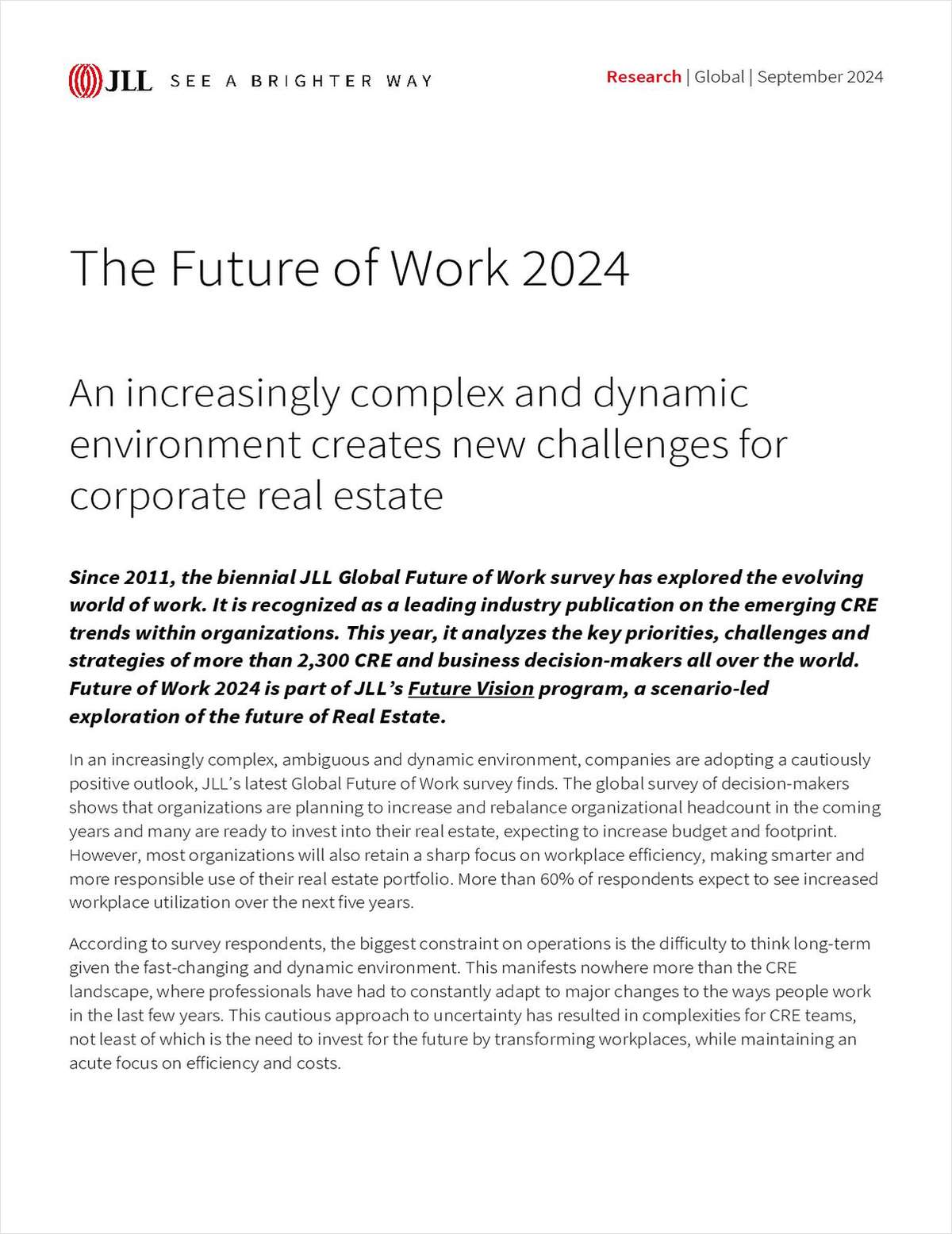MINNEAPOLIS—As reported last week in GlobeSt.com, the Minneapolis real estate market has undergone a solid recovery, and in many ways has even gotten back to where it was before the economy's near collapse in 2009. The present strength of its real estate market is not a surprise, Tyler Allen, a research analyst in Cassidy Turley's Minneapolis office, tells GlobeSt.com. “It has the lowest unemployment rate of any large metro area in the country.”
According to second quarter research just published by the firm, the local unemployment rate hit just 4.39%, the lowest since 2007. The jobs expansion has pushed employers to expand footprints, and investors from across the US have started looking at Minneapolis almost as much as coastal cities and other core markets like Chicago.
“It's been a pretty consistent growth over the past three to four years and we really are back to pre-recession levels,” Allen adds. The expansion has been particularly strong in the class A office market, which saw 290,000-square-feet of absorption in the second quarter alone, out of a total of 365,000-square-feet in the multi-tenant office market. The overall metro office vacancy rate fell to 15.7%, lower than the historical average of 17.9% and the first time it has been below 16% since the fourth quarter of 2007.
All of this activity in the A market has spilled over into C office space, Allen adds. Many firms, especially those involved in creative work, have started looking past the traditional office spaces in the CBD and to older, underused buildings in Minneapolis' Warehouse District. Although historically this sector had high vacancy rates, “in the last five years they have fixed up a lot of these buildings and they are absorbing a lot of space.”
“This is also a sign of the times,” he says. “A lot of companies want a different type of space,” and as more people move into multifamily residences downtown, he expects that demand to accelerate. “It's the same thing that we've seen across the country; the whole urban concept is being revisited, and everyone wants to be part of it.”
Moreover, “we haven't had any multi-tenant office construction in the last five years,” he says, but even that has begun to change. Wells-Fargo, for example, plans to spend about $300 million on a 1.1-million-square-foot build-to-suit complex in the Downtown East area near what will be a new Minnesota Vikings stadium. The neighborhood is also getting a new city park and many new housing units, a good illustration of the diversity of development in the CBD.
And the suburbs have not been left out by developers. UnitedHealth Group, for example, has begun a 1.5-million-square-foot build-to-suit in Eden Prairie, part of the roughly 3-million-square-feet in build-to-suit office space soon to be completed in the metro area.
The lack of any spec construction has helped the Twin Cities, including both the Minneapolis CBD and the suburbs, pop up on the radar screens of many institutional investors, Allen adds. As reported in GlobeSt.com, for example, KBS REIT II, Inc. sold 601 Tower at Carlson Center in suburban Minnetonka to Artis REIT for $75 million, a 39% increase over the price the trust paid for the 288,458-square-foot property in 2011. This was one of the highest prices ever paid in terms of value per-square-foot in the Twin Cities. And last year, Florida-based Beacon Investment Properties LLC bought the iconic IDS Center in the CBD for $253 million, just one of many big downtown sales.
“Forty percent of all downtown office space has traded hands over the past few years,” Allen says. Cities like New York and San Francisco recovered years ago, and “now everybody is looking to the secondary markets and most want a piece of Minneapolis in their portfolio.”
Want to continue reading?
Become a Free ALM Digital Reader.
Once you are an ALM Digital Member, you’ll receive:
- Breaking commercial real estate news and analysis, on-site and via our newsletters and custom alerts
- Educational webcasts, white papers, and ebooks from industry thought leaders
- Critical coverage of the property casualty insurance and financial advisory markets on our other ALM sites, PropertyCasualty360 and ThinkAdvisor
Already have an account? Sign In Now
*May exclude premium content© 2024 ALM Global, LLC, All Rights Reserved. Request academic re-use from www.copyright.com. All other uses, submit a request to [email protected]. For more information visit Asset & Logo Licensing.








